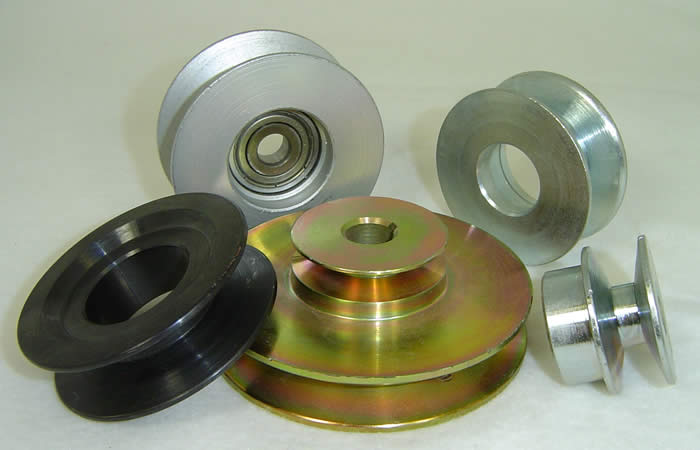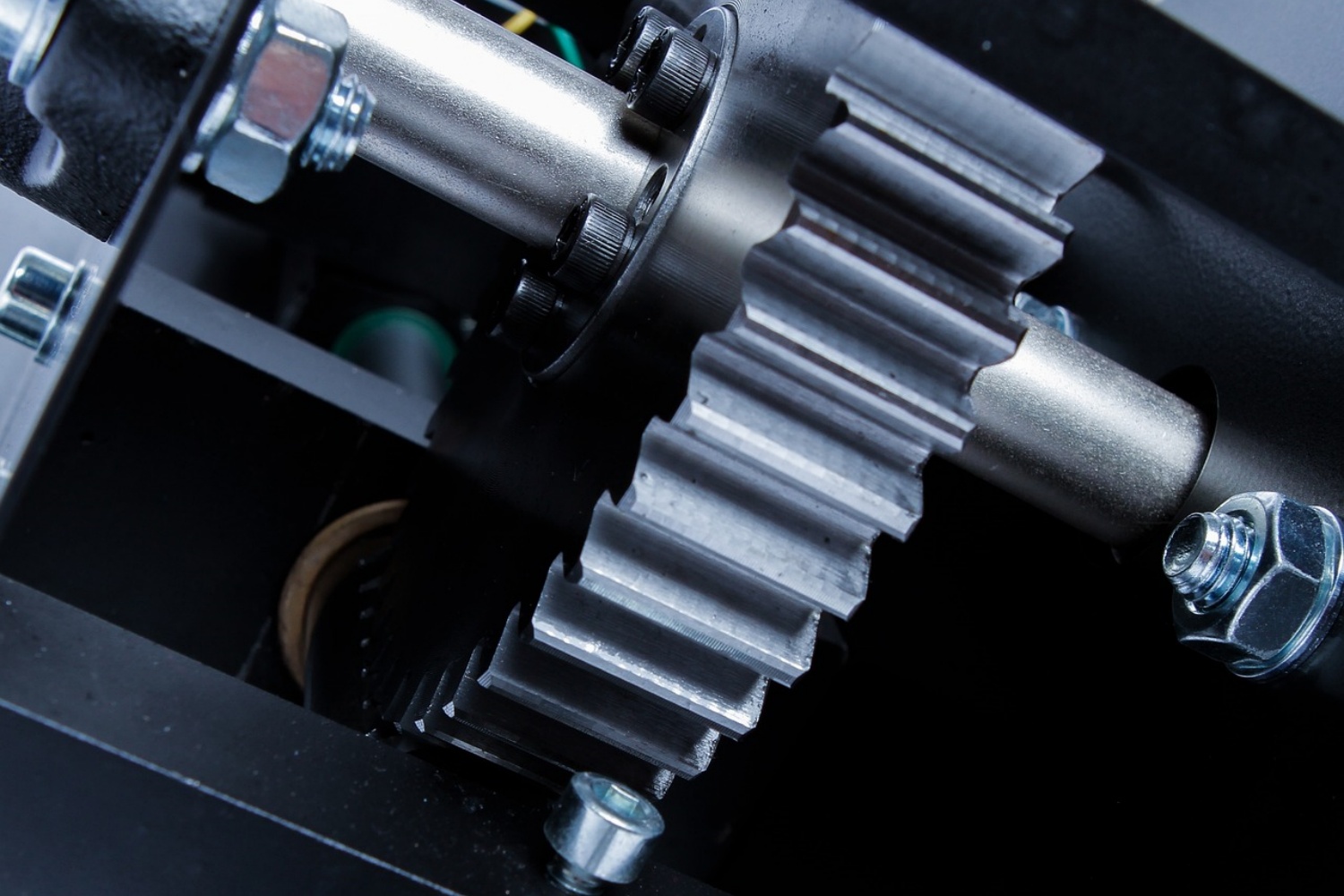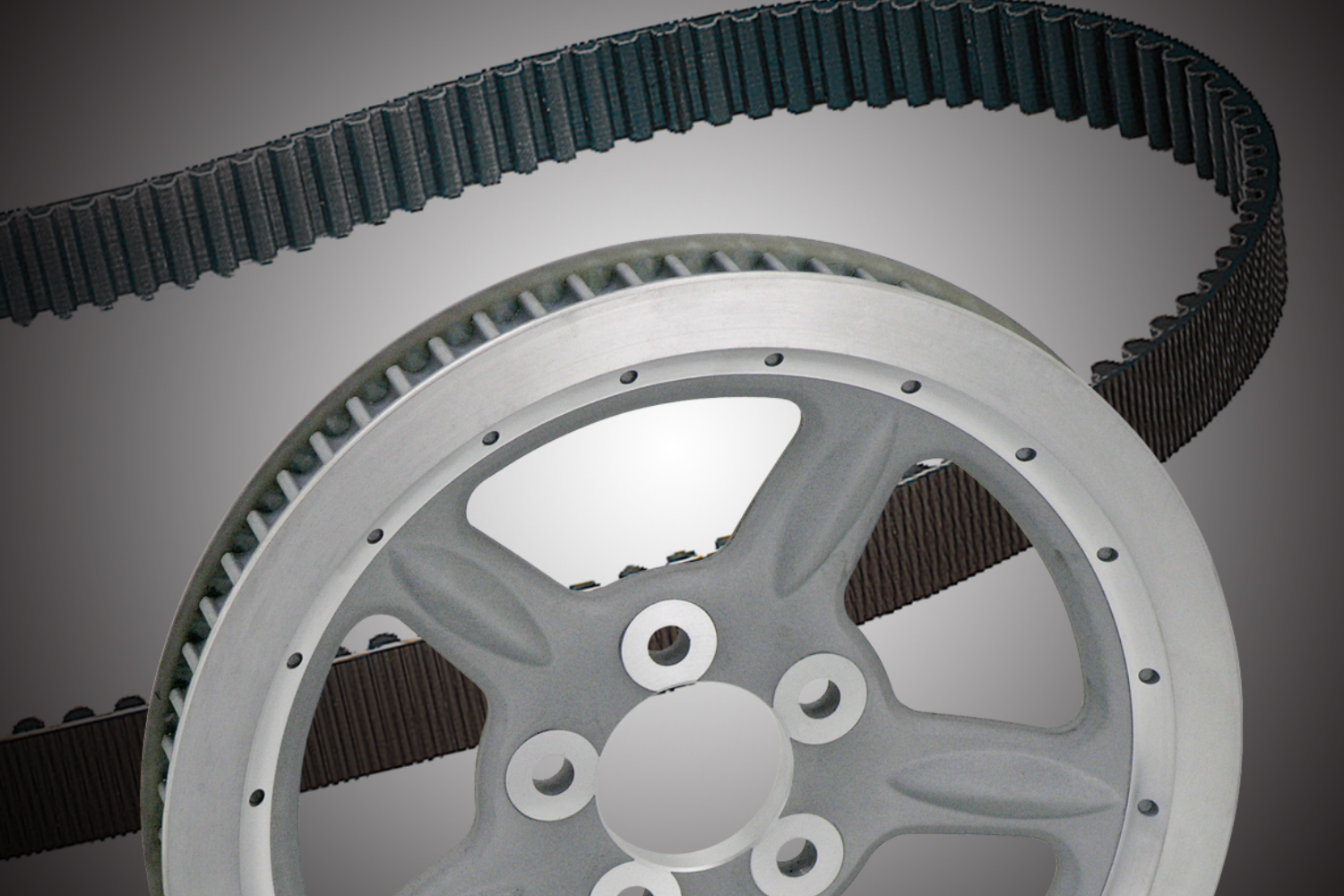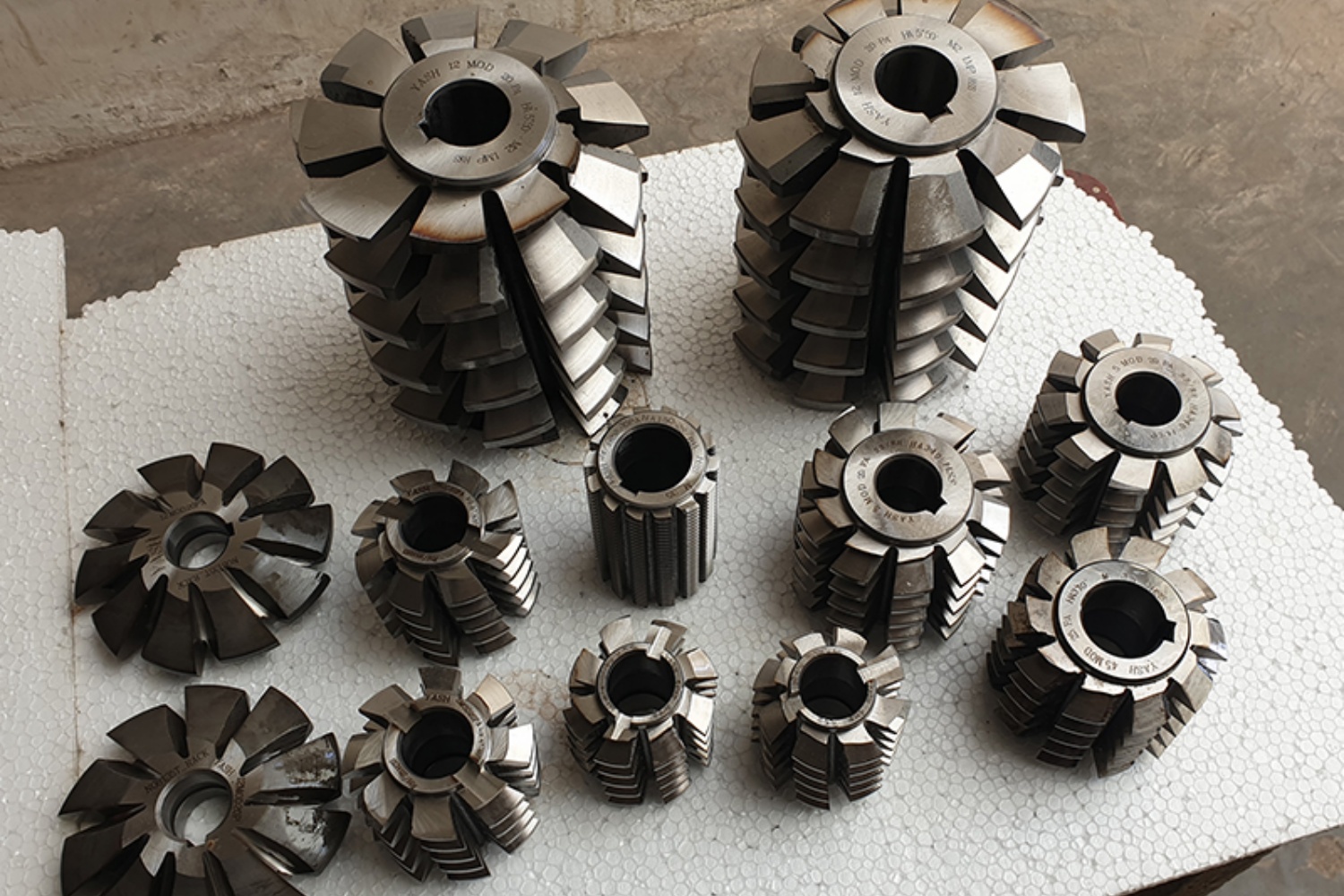Vee belt pulleys are an essential part of power transmission systems. They transfer power from the motor to the driven machinery by means of a belt, which runs around the circumference of the pulley. Aluminum vee belt pulleys are widely used due to their light weight, corrosion resistance, and durability. In this article, we will discuss the characteristics and advantages of aluminum vee belt pulleys, as well as some important factors to consider when selecting the right pulley for your application.
Characteristics of Aluminum Vee Belt Pulleys
Lightweight
Aluminum is a lightweight material, making aluminum vee belt pulleys an ideal choice for applications where weight is a concern. The lightweight nature of aluminum pulleys also reduces the amount of load on the bearing, leading to longer bearing life.
Corrosion Resistance
Aluminum vee belt pulleys are highly resistant to corrosion, making them ideal for use in harsh environments where exposure to moisture or chemicals is common. The natural oxide layer on the surface of the aluminum provides a protective barrier against corrosion.
High Strength-to-Weight Ratio
Aluminum vee belt pulleys have a high strength-to-weight ratio, which means they are strong and durable despite being lightweight. This makes them an excellent choice for applications where high speeds or loads are required.
Machinability
Aluminum is a relatively soft material that is easy to machine, allowing for the creation of custom designs and modifications to meet specific application requirements.
Advantages of Aluminum Vee Belt Pulleys
Reduced Friction
Aluminum vee belt pulleys have a smooth surface that reduces friction between the belt and the pulley, which in turn reduces wear on the belt and increases its lifespan.
Increased Efficiency
The reduced friction of aluminum vee belt pulleys results in increased efficiency in power transmission systems, as less energy is lost to friction and heat.
Reduced Maintenance Costs
The lightweight nature of aluminum vee belt pulleys reduces the load on the bearing, resulting in longer bearing life and reduced maintenance costs.
Factors to Consider When Selecting an Aluminum Vee Belt Pulley
Load Capacity
The load capacity of an aluminum vee belt pulley is an important consideration when selecting the right pulley for your application. The load capacity is determined by the diameter of the pulley, the width of the belt, and the material used to manufacture the pulley.
Belt Size
The size of the belt is another important consideration when selecting an aluminum vee belt pulley. The pulley must be matched to the belt size to ensure proper power transmission and to prevent excessive wear and tear on the belt.
Speed and Torque Requirements
The speed and torque requirements of the application should also be considered when selecting an aluminum vee belt pulley. The pulley must be able to handle the required speed and torque without slipping or wearing out prematurely.
Environment
The environment in which the aluminum vee belt pulley will be used is an important consideration. Factors such as exposure to moisture, chemicals, or extreme temperatures can impact the performance and lifespan of the pulley.
Conclusion
Aluminum vee belt pulleys offer many advantages over other types of pulleys, including their lightweight nature, corrosion resistance, high strength-to-weight ratio, and machinability. When selecting an aluminum vee belt pulley, factors such as load capacity, belt size, speed and torque requirements, and the environment in which the pulley will be used should be considered to ensure proper performance and longevity. By understanding the characteristics and advantages of aluminum vee belt pulleys and selecting the right pulley for your application, you can ensure efficient and reliable power transmission in your system.
CONTINUE READING
Related Posts
In the world of industrial manufacturing, the efficiency and reliability of transmission systems are critical to the success of any […]
In industrial settings, a smooth and quiet power transmission system is crucial for productivity, safety, and worker comfort. V Belt […]
Splines play a critical role in mechanical power transmission systems, enabling rotational motion and torque transfer between mating components. These […]





